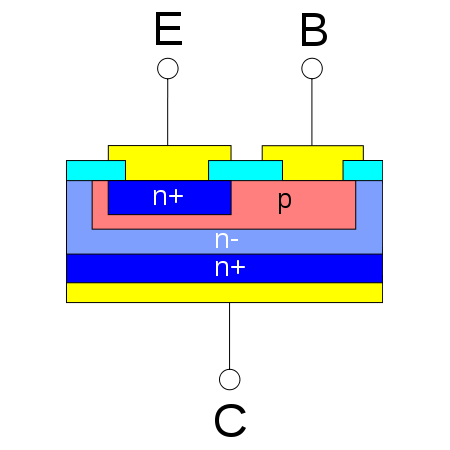Layout-Aware Diagnosis of IC Failures
With increasing size and complexity of ICs and limitations in traditional physical failure analysis tools, failure analysis engineers need help determining the root cause of a specific failing die. Yield engineers, on the other hand, need to be able to identify systematic yield limiters that may be disguised as random failures caused by complex interactions between the manufacturing process and specific design patterns. A failure diagnosis tool that provides high accuracy and resolution, as well as meaningful defect classifications, can be of high value to both engineers’ jobs.Today, most complex ICs are tested using built-in scan test … Read More → "Layout-Aware Diagnosis of IC Failures"












